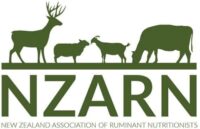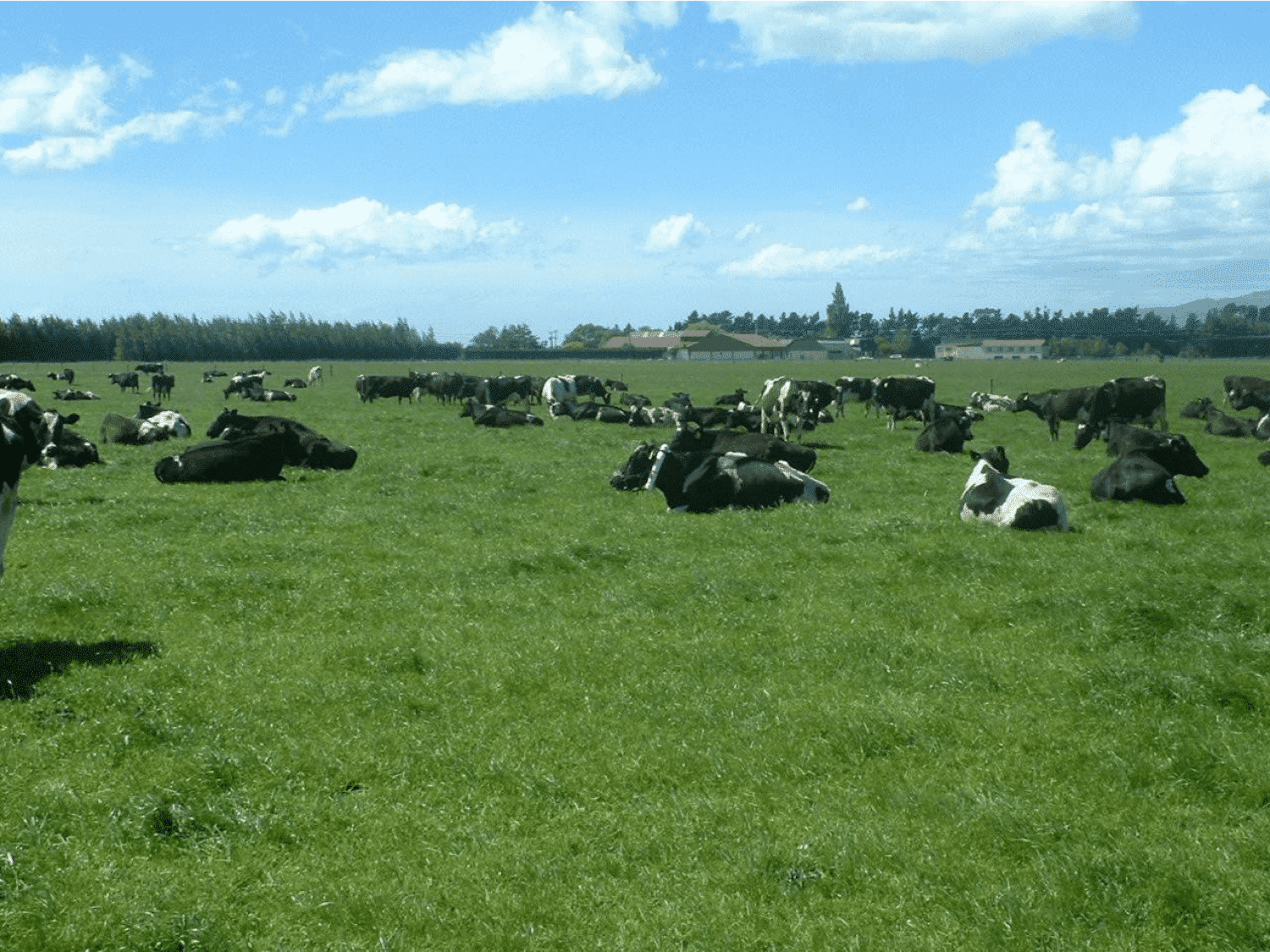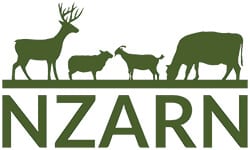Greenhouses gases are any gases which absorb infrared radiation. Levels of GHG in the atmosphere have increased rapidly since the 1900’s having been relatively stable prior to that.
The main gases of concern are carbon dioxide (CO2), methane (CH4) and nitrous oxide (N2O). The Global Warming Potential (GWP) of these gases depends on atmospheric concentration, their longevity in the atmosphere and their impact on radiant energy. GWP is expressed in CO2 equivalents (CO2e), as well as the time frame over which the assessment is carried out.
Understanding terminology and potential agendas when assessing GHG emission reports is important.
| CO2 | CH4 | NO2 | |
| Source | Burning fossil fuels | Landfill, industrial processes, coal mines, rice paddies, ruminant agriculture | Industrial processes, Agriculture |
| Sink | Trees/ plants | ||
| Atmospheric life | Hundreds of years | 12 years | 120 years |
| GWP | 1 | 25 x CO2 | 298 x CO2 |
| NZ emissions | 45% | 42% | 11% |
The assessment of GHG emissions is affected by the way in which emissions are categorised. In 2014 emissions from forestry and soils were included in agriculture increasing GHG from agriculture to 24% of total GHG emissions. Electricity and heat generation accounts for 25% of total emissions, industry 21% and transportation 14%.
Reducing CO2 emissions is most effectively dealt with by not burning fossil fuels. Overall, pastoral grazing has limited net CO2 emissions as the CO2 emitted is usually captured by plants associated with the agricultural production system.
In agriculture (5% of N2O emissions), N2O is produced primarily from nitrogen fertiliser use and urine patches, particularly in fertile pugged wet soils.
Methane is more difficult to control as it is difficult to manage the emissions from ruminant animals in particular. Measurement techniques are still inaccurate, and no real solutions have yet been identified to reduce methane emissions.
NZARN members a full copy of the presentation is available below if you are logged in.
Non-members looking for more information are encouraged to use our ‘contact a nutritionist’ form and ‘member directory’ to find a member who can help them answer their questions.
If you are a Rural Professional interested in joining the NZARN please see our ‘membership’ section.


